Your Guide to Incontinence Supplies Covered by Medicaid
Urinary incontinence is a fairly common condition, affecting over 13 million people and over half of all seniors in the U.S. For those on a limited income, it can be a struggle to purchase incontinence briefs, underpads, and other bladder control supplies for oneself or a loved one.
The good news is that most Medicaid plans cover the medical supplies needed to effectively manage incontinence symptoms for those with a related medical diagnosis. Aeroflow Urology will take care of filing all of the paperwork with your insurance provider and healthcare provider.
Check Your Eligibility
2 Easy Steps
Discover the bladder control supplies covered by your Medicaid plan.
What Is Medicaid?
Medicaid is our country’s public healthcare program. Medicaid is run and financed by the federal government and individual states. It provides coverage for around 10 million beneficiaries.
Medicaid is a federal-state partnership, so as well as federally-set standards for coverage, each state creates its own rules to determine the following:
- Who is covered in each state.
- The services that are covered.
- Which healthcare models are used.
- The way in which healthcare providers and hospitals are paid.
Who Qualifies for Medicaid?
People who qualify for Medicaid usually meet a combination of the following requirements:
- Low income.
- COBRA coverage.
- Elderly.
- Institutionalized.
- In foster care or guardianship care.
- Receive Supplemental Security Income (SSI).
- Special needs or disabilities.
To learn how to enroll for Medicaid, visit medicaid.gov.
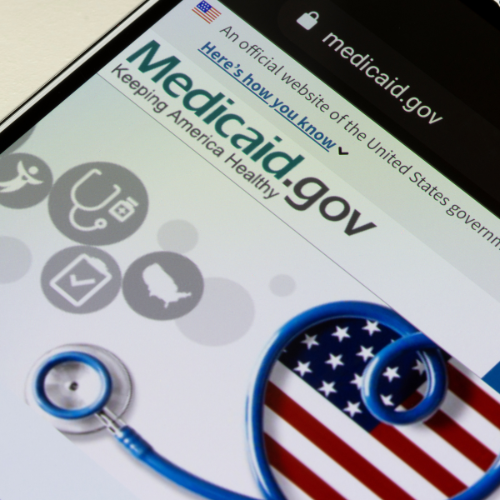

What Medicaid Plans Are Available?
Medicaid has four types of plans available that may cover continence care products.
What Is Covered Under Medicaid?
Each state’s regulations are different and there are variations of coverage. The state you live in also has specific mandatory benefits. Benefits may include:
- Incontinence products.
- In-patient and out-patient hospital stays.
- Healthcare provider visits.
- X-rays and labs.
- Home health care.
- Prescriptions.
- Physical therapy.
- Dental care.
- Prevention care.
- Behavioral health.
Most people enrolled in Medicaid plans are also enrolled in private insurance plans. These plans usually cover comprehensive, acute, and long-term services.
Types of Bladder Control Products Covered by Medicaid
Your type of incontinence will likely play a role in determining which types of continence care products covered under Medicaid are the best fit for you. Your healthcare professional will help you determine the right products to fit your needs and will also prescribe a certain number based on your symptoms.
Many state health insurance Medicaid plans typically cover incontinence supplies. Be sure to check the state coverage guide above to find out what incontinence supplies Medicaid recipients are eligible to receive in your state.
Adult Incontinence Products
Bladder control pads, sometimes called poise pads, are less bulky that adult briefs and protective underwear. They are disposable, absorbent liners with an adhesive strip that secure to undergarments and offer discreet protection for those experiencing light bladder leakage. These products come in gender-specific variations, often referred to as male guards for men.


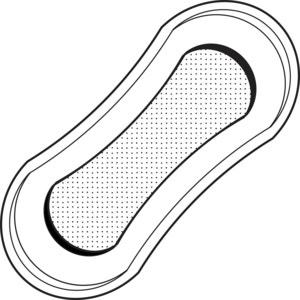

Pull-ons, also called protective underwear,, are disposable underwear ideal for moderate leakage. These products feature an elasticized waist and leg openings that can be easily pulled on and off. Protective underwear does not have refastentable tabs and resemble typical underwear, and work well for independent and mobile individuals.


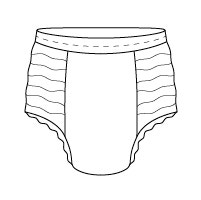

Adult disposable briefs, also called adult diapers, are different from protective underwear in that they offer higher levels of absorbency for heavy leakage and feature tab closures that allow for changing without the need to fully undress. These products have tearable side panels for easy removal and clean up and are ideal for individuals with heavy incontinence and / or limited mobility.


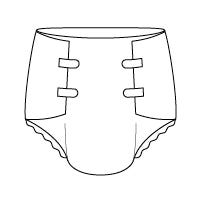

Pediatric Incontinence Products
Pediatric diapers are disposable diapers for children (ages 3 or 4 and up). These unisex kids’ diapers are commonly used for younger children who have special needs or certain medical conditions that may delay the potty training process.
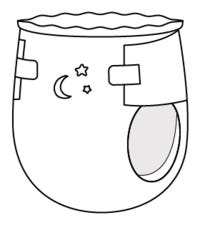

Incontinence pull-ups are disposable pull-ons for children ages 3 or 4 and up (depending on your state’s Medicaid coverage) that are made for kids with bladder and bowel leakage. They are designed to look and feel like real underwear and can be used as potty-training pants. Kids’ pull-ups are commonly used for children who have incontinence due to special needs or certain medical conditions.


Supplemental Products
Supplemental items, such as underpads (chux), gloves, and wipes, can assist in extra leakage protection and clean-ups for adults, older adults, and children.
*Coverage of these specific products is different depending on your health plan. While the vast majority of Medicaid covers briefs, protective underwear, and bladder pads, accessory coverage varies widely.
*The cost of catheters may be covered under a Medicare plan.


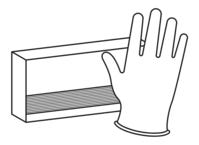

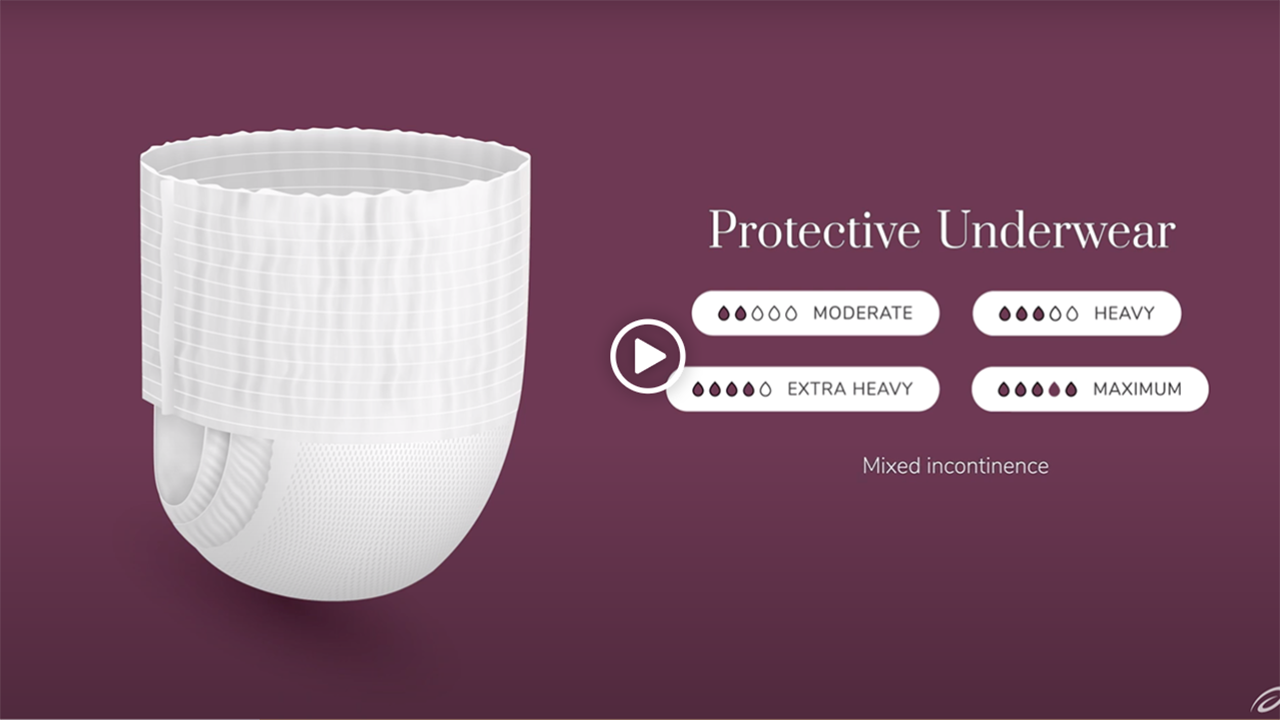
Find My State Coverage Guidelines
Select your state to learn more about its Medicaid plan, requirements, and which medical equipment supplies it covers.
No coverage for Aeroflow Urology
Coverage for adults and kids 4+
Coverage for adults and kids 3+
No coverage
Coverage for adults and kids 3+
No coverage
Coverage for adults and kids 3+
Coverage for adults and kids 4+
Coverage for adults and kids 3+
Coverage for adults and kids 3+
Coverage for adults and kids 4+
Coverage for adults and kids 3+
Coverage for adults and kids 4+
Coverage for adults and kids 3+
No coverage
No coverage
Coverage for adults and kids 3+
Coverage for adults and kids 3+
Coverage for adults and kids 3+
No coverage
Coverage for adults only
Coverage for adults and kids 3+
No coverage with Aeroflow urology
Coverage for adults and kids 4+
Coverage for adults and kids 4+
Coverage for adults and kids 3+
Coverage for adults and kids 4+
Coverage for adults and kids 4+
Coverage for adults and kids 5+
Coverage for adults and kids 3+
Coverage for adults and kids 3+
Coverage for adults and kids 3+
What Paperwork Do I Need to Complete?
All Aeroflow Urology Continence Care Specialists are specially trained on all state Medicaid guidelines and will work on your behalf to obtain all required documentation to ensure your incontinence supplies are fully covered.
You will need:
- A diagnosis: You will need to have a diagnosis for a medical condition or special need that causes incontinence.
The following may also be required based on the state you live in and your specific insurance plan:
- Physician's Order: A prescription or order from your healthcare provider that outlines which supplies are medically necessary for you on a monthly basis.
- Certificate of Medical Necessity: This form may be required by your insurance provider to be completed by your healthcare provider. It describes the reason why incontinence supplies (or other medical supplies) are medically necessary.
- Letter of Medical Necessity: This is another form that’s specific to your insurance provider. It’s a letter written by your healthcare provider that explains why the requested incontinence supplies are medically necessary.
- Medical Records: These documents consist of clinical or office notes from your healthcare provider that are taken during an office visit. They can be used to show the reason of medical necessity for incontinence supplies to your insurance provider.
- Prior Authorization: After a provider has approved your medical supplies, a request will be sent to your insurance provider to review and approve. If this is required by your insurance, no supplies can be sent until this is approved.
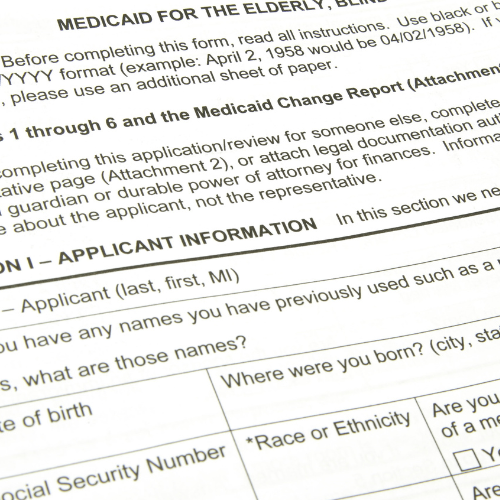

Why Is a Prescription Required?
Insurance providers require a prescription in order to show the medical necessity of the product. Our Continence Care Specialists are happy to work with your doctor to obtain a prescription, but a visit to your healthcare provider may be needed. Please let us know if you have any additional questions.
Conditions Associated with Incontinence
There are a wide variety of factors that contribute to incontinence for people of all ages. In order to be eligible for coverage of bladder control supplies, Medicaid will require that documentation of a condition associated with your incontinence is on file. Aeroflow Urology can help you to obtain this information.
How Can I Get Free Incontinence Supplies?
The first step to qualifying for no-cost incontinence supplies for yourself or a loved one is making sure you are enrolled in your state's Medicaid program. Only Medicaid will currently pay for these supplies.
The next step is simple - complete the Aeroflow Urology qualification form. From there, we'll take care of the rest and reach out to let you know if you or your loved one qualifies. We will then:
- Ship your products directly to your home in discreet packaging.
- Send monthly resupply updates so you don't run out of supplies.
- Find you the perfect continence care products for your unique needs.
Disclaimer
Information provided on the Aeroflow Urology website is not intended as a substitute to medical advice or care from a healthcare professional. Aeroflow recommends consulting your healthcare provider if you are experiencing medical issues relating to incontinence.

